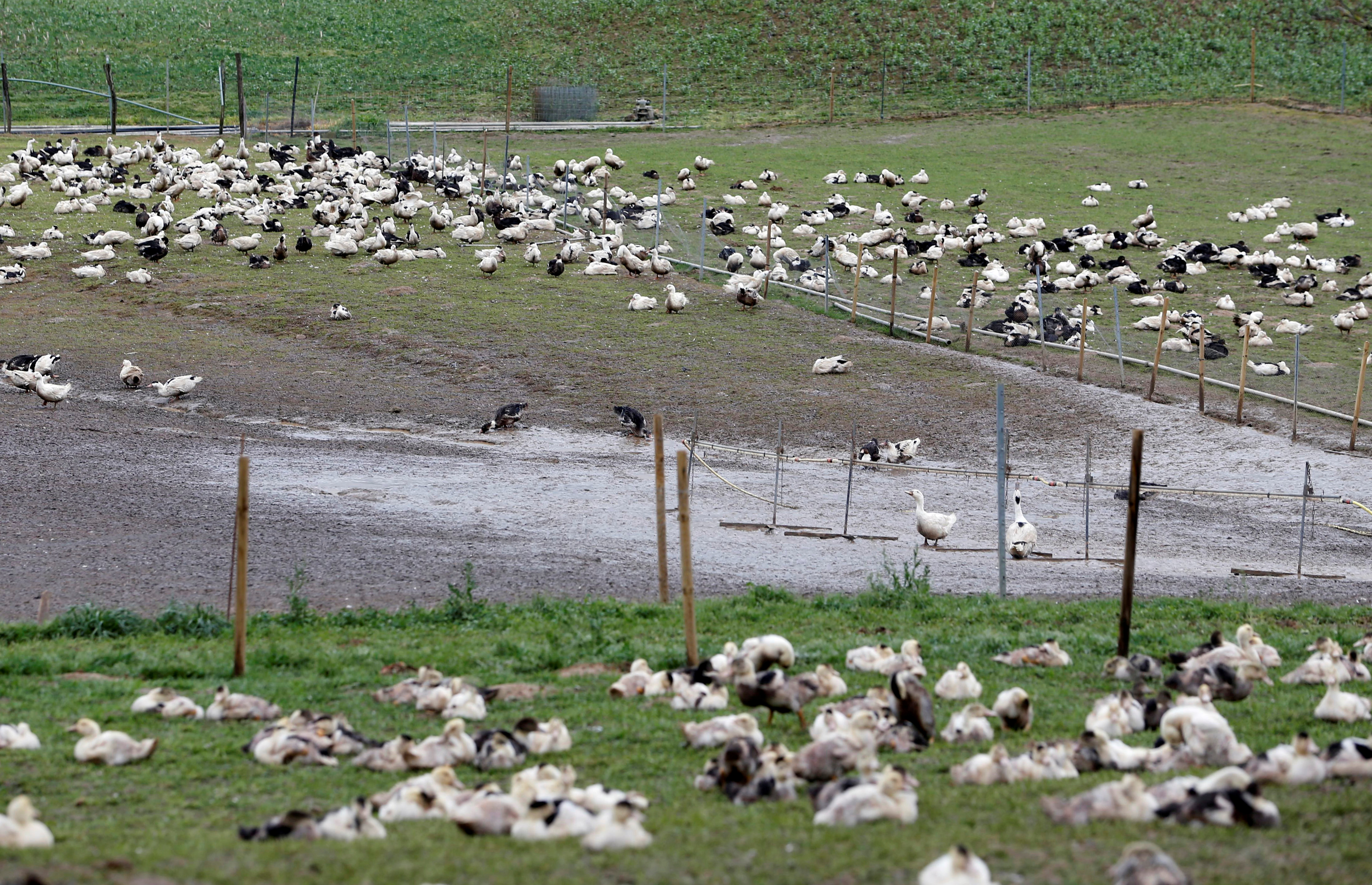 Why Raw Milk Sales Are Soaring Despite Health Risks and Avian Flu Outbreak
Why Raw Milk Sales Are Soaring Despite Health Risks and Avian Flu Outbreak
Raw milk, despite its well-known health risks and the recent avian flu outbreak in dairy cows, is experiencing a surge in sales. NielsenIQ estimates that there has been a significant increase of 21% to 65% in weekly sales of raw cow’s milk since the discovery of the avian flu virus in U.S. cattle on March 25. This contradicts the warnings from the FDA and CDC, who consider raw milk to be one of the “riskiest” foods.
Federal officials reported that 42 herds in nine states had cows infected with the type A H5N1 avian flu virus, which is found abundantly in raw milk from affected cows. However, the FDA reassures consumers that milk samples from grocery stores, which may contain viral remnants, are safe to consume because pasteurization effectively kills the virus. The extent of live viral transmission from warmed milk remains unknown. The CDC has advised milk drinkers to be cautious as there is a possibility of the avian flu virus infecting receptors in the nose, mouth, and throat or even being inhaled into the lungs. The more people exposed to the virus, the greater the risk of its spread.
The laws regarding the sale of raw milk vary from state to state. Some states allow its sale in grocery stores, while others restrict it to farms only. Cowshares, where people pay for milk from designated animals, are permitted in certain states, while others only allow farm owners, staff, or casual visitors to consume raw milk.
NielsenIQ data shows that raw milk sales constitute only a small portion of overall dairy sales. During the week of May 5, they sold 4,100 units of raw cow’s milk and 43,000 units of raw milk cheese, in comparison to 66.5 million units of pasteurized cow’s milk and 62 million units of cheese.
Despite the health risks associated with raw milk, there is a growing demand for it, fueled in part by social media testimonials. Mark McAfee, the owner of Fresno’s Raw Farm USA, states that unpasteurized food cannot stay in stock due to high demand. He emphasizes that neither California nor his cows have been affected by avian flu. He believes that the FDA’s regulations are being challenged by the preferences of their customers.
Experts in food safety, such as Rutgers University professor Donald Schaffner, find the surge in raw milk sales to be “absolutely stunning.” They express concern over the increase in milk-related disease outbreaks and hospitalizations caused by campylobacter, listeria, salmonella, and E. coli infections associated with raw milk consumption. According to Alex O’Brien, the safety and quality coordinator at the Center for Dairy Research, dairy used to be responsible for 25% of all foodborne infections before pasteurization was widely adopted in 1924. Now, dairy-related illnesses account for only 1% of such diseases.
O’Brien compares consuming raw milk to playing Russian roulette, stating that it carries a significant risk of illness. He also notes that drinking alcohol can further increase this risk. Surprisingly, a 2022 FDA poll revealed that 4.4% of U.S. adults, which amounts to nearly 11 million people, consume raw milk at least once a year, and 1% consume it regularly.
Despite the rumors of avian flu in dairy cattle, some individuals like Bonni Gilley from Fresno continue to drink raw milk. Gilley, who is 75 years old, has been raising generations on raw milk and unpasteurized cream and butter because she believes it is “healthy” and free from additives. She remains skeptical of government officials and their warnings. Researcher Matthew Motta from Boston University suggests that such attitudes stem from a broader mistrust of the government and rejection of expert advice, driven by partisan, religious, cultural, and political reasons.
In light of the increasing popularity of raw milk, Motta recommends that the FDA and CDC utilize social media to promote the health benefits of pasteurized milk. He suggests that communicators engage with raw milk consumers to better understand their perspectives and concerns.
In conclusion, despite the health risks associated with raw milk consumption and the recent avian flu outbreak in dairy cows, sales of raw cow’s milk have seen a significant surge. This trend contradicts the warnings from the FDA and CDC about the potential dangers of consuming raw milk. While there is a growing demand for raw milk, it is crucial to recognize the associated risks and make informed choices about food safety.

